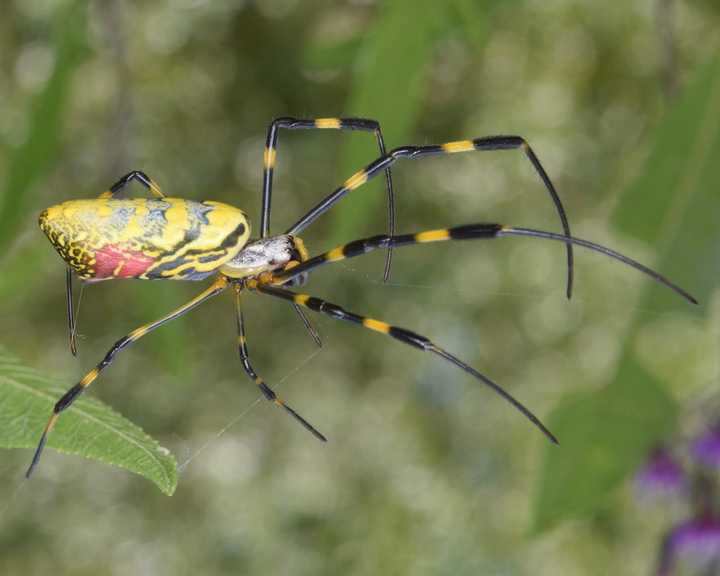The invasive species - dubbed “parachuting” for its distinct look and mode of transportation - has already begun making its mark in the south, is expected to begin migrating north, according to a newly released study.
Joro spiders have two ways of travel, by hitching a ride on humans or cargo, or by “ballooning up “ and generating silk threads that can be used as “parachutes” to use the wind to traverse the environment.
Though Joro spiders are native to southeastern Asia, the yellow and black bug began to spread in the south due to its welcoming climate nearly a decade ago and now they threaten to continue spreading further down the coast.
According to the new research, it is believed that the spiders can now exist in a colder climate, making any potential migration north a possibility.
“It looks like the Joro could probably survive throughout most of the Eastern Seaboard here, which is pretty sobering,” Andy Davis, the lead author of the study said.
“People should try to learn to live with them,” he continued. “If they’re literally in your way, I can see taking a web down and moving them to the side, but they’re just going to be back next year.”
The spiders can grow up to approximately four inches, though there is no data that the fast-moving species pose any threat to the environment.
It is unclear what caused the spiders to travel across the globe from Asia, though researchers have pointed to possible shipping containers that were shipped to the US.
“There’s really no reason to go around actively squishing them,” Benjamin Frick, a co-author of the study, said. “Humans are at the root of their invasion. Don’t blame the Joro spider.”
Joro spiders are venomous, making them a threat to certain insects, though they are unable to penetrate human skin. Researchers noted that the only way the species would attack a person or pet is if they feel threatened.
The complete study can be found here.
Click here to follow Daily Voice Bedford and receive free news updates.

